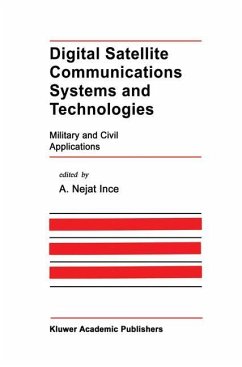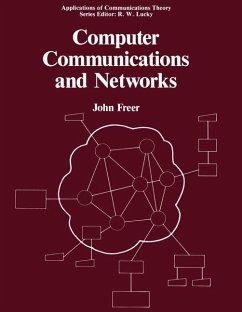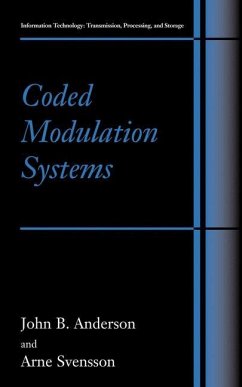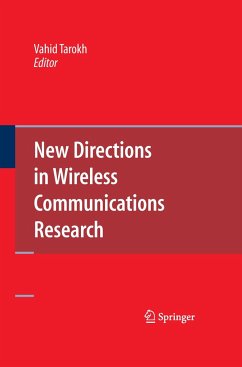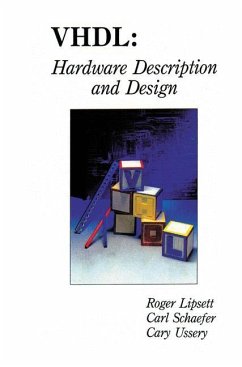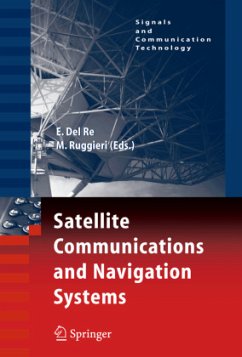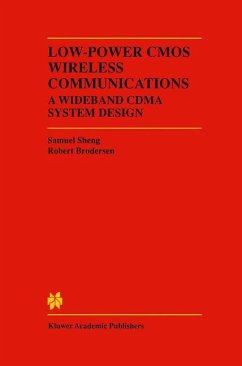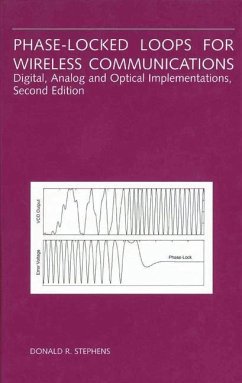
Wireless Infrared Communications
Versandkostenfrei!
Versandfertig in 6-10 Tagen
76,99 €
inkl. MwSt.
Weitere Ausgaben:

PAYBACK Punkte
38 °P sammeln!
Wireless Infrared Communications provides the first comprehensive description of the technical challenges inherent in wireless communications using diffuse infrared radiation.
The potential for broadband data rates has sparked an explosion of recent research in wireless infrared communications. The focus is on the physical layer problem of establishing a robust point-to-point link. The author explores the fundamental limitations of the medium, identifies the dominant impediments to achieving high data rates, and proposes design strategies to counter them.
Wireless Infrared Communications introduces the reader to a wide range of topics, including optical design, multipath propagation, electronics design, modulation, and equalization.
Wireless Infrared Communications is a valuable reference for both design engineers and communications theorists, and can also be used as a text for advanced courses on the subject.
The potential for broadband data rates has sparked an explosion of recent research in wireless infrared communications. The focus is on the physical layer problem of establishing a robust point-to-point link. The author explores the fundamental limitations of the medium, identifies the dominant impediments to achieving high data rates, and proposes design strategies to counter them.
Wireless Infrared Communications introduces the reader to a wide range of topics, including optical design, multipath propagation, electronics design, modulation, and equalization.
Wireless Infrared Communications is a valuable reference for both design engineers and communications theorists, and can also be used as a text for advanced courses on the subject.
The demand for wireless access to network services is growing in virtually all communications and computing applications. Once accustomed to unteathered opera tion, users resent being tied to a desk or a fixed location, but will endure it when there is some substantial benefit, such as higher resolution or bandwidth. Recent technolog ical advances, however, such as the scaling of VLSI, the development of low-power circuit design techniques and architectures, increasing battery energy capacity, and advanced displays, are rapidly improving the capabilities of wireless devices. Many of the technological advances contributing to this revolution pertain to the wireless medium itself. There are two viable media: radio and optical. In radio, spread-spectrum techniques allow different users and services to coexist in the same bandwidth, and new microwave frequencies with plentiful bandwidth become viable as the speed of the supporting low-cost electronics increases. Radio has the advantage of being available ubiquitously indoors and outdoors, with the possibility of a seam less system infrastructure that allows users to move between the two. There are unan swered (but likely to be benign) biological effects of microwave radiation at higher power densities. Optical communications is enhanced by advances in photonic devices, such as semiconductor lasers and detectors. Optical is primarily an indoor technology - where it need not compete with sunlight - and offers advantages such as the immediate availability of a broad bandwidth without the need for regulatory approval.





